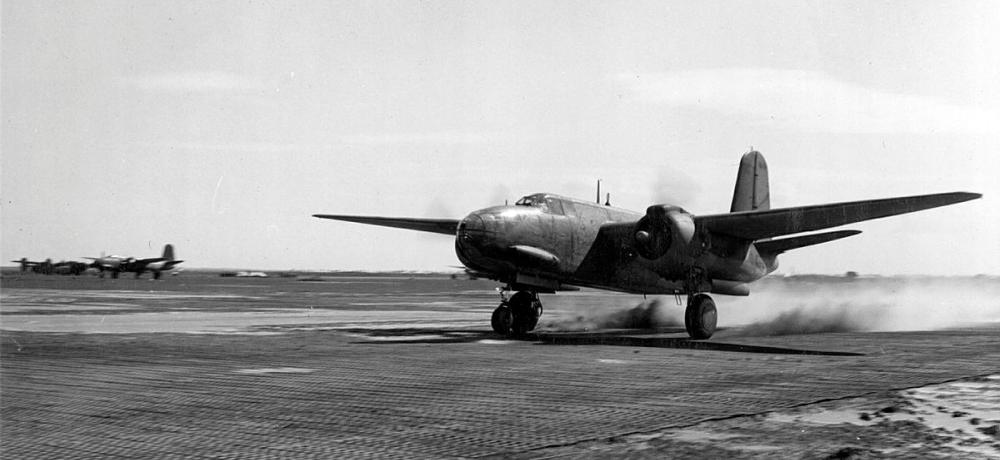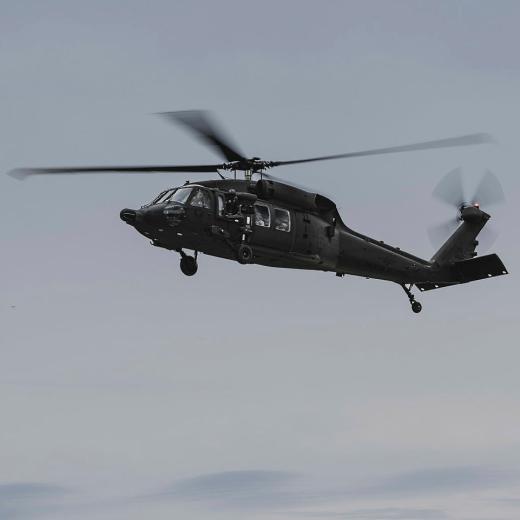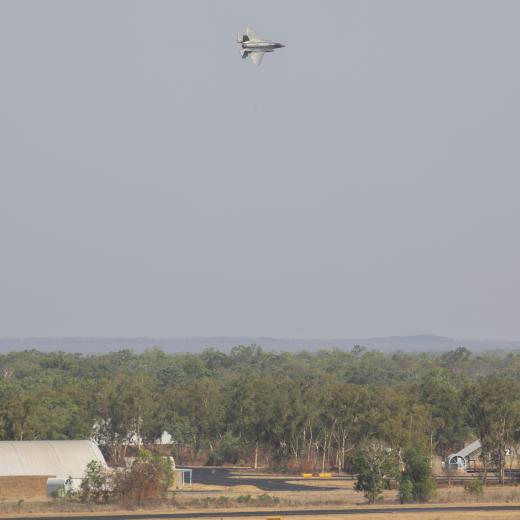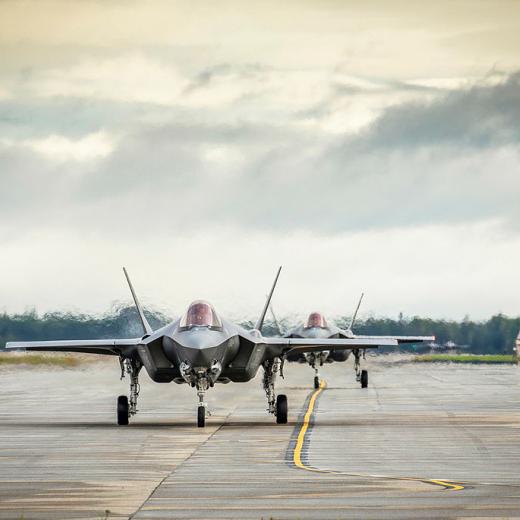BLUF
The Battle of the Bismarck Sea demonstrated Allied air superiority, disrupting Japanese reinforcement plans and shifting the strategic balance in New Guinea.Summary
Chapter 4 The Battle of the Bismarck Sea
- Significant engagement in the SWPA.
- Took place from March 1–4, 1943.
- Described as a decisive aerial engagement by General MacArthur.
Prehostilities
- Allies focused on controlling the Solomon Islands and Guadalcanal.
- Papuan campaign aimed to regain New Guinea.
- Defence of Port Moresby is considered critical.
Doctrine
- Doctrine initially focused on high-altitude bombardment.
- General Kenney explored low-altitude skip bombing.
- Skip bombing proved successful.
Organization
- Upon assuming command, General Kenney restructured the command chain to establish clear leadership.
- Kenney separated Australian and American forces under different deputies, maintaining a unified command.
- The arrangement is akin to a modern-day combined forces air component commander.
- Kenney maintained a mixed Allied Air Force headquarters, boosting coalition effectiveness.
- Kenney took control of air asset management from SWPA GHQ to establish operational autonomy.
- He asserted his competence as the most skilled airman in the Pacific to run the Air Force.
- Kenney's organization embodied the airpower principle of central control by airmen.
- Kenney fostered trust by delegating responsibility, offering guidance, and permitting subordinates to execute missions.
Equipment and Technology
- The SWPA had lower priority in war materials distribution due to the allies adopting a Germany First strategy.
- Germany was seen as the greater threat and if it was successful in beating the Soviet Union, it might have proved impossible for the allies to invade Nazi German occupied Europe.
- Germany also had the ability bomb the UK, but Japan had no capacity to make a meaningful attack on the USA, see: In 1945, a Japanese Balloon Bomb Killed Six Americans, Five of Them Children, in Oregon)
- This limitation resulted in a need for innovation.
- General Kenney's engineering experience aided in equipment adaptation.
- A-20 aircraft were modified with extra fuel tanks and forward-firing machine guns, increasing range and firepower.
- B-25 bombers had their firepower increased by installing numerous fifty-calibre guns.
- Kenney introduced parafrag bombs for low-altitude attacks.
- The SWPA's isolation enabled innovation and fast-tracking of aircraft modifications.
- Not all innovations were successful, but Kenney promoted a culture of continuous improvement.
Training
- Kenney formed specialist squads for low-altitude attacks.
- Squadron Commander Larner was tasked to promote and perfect this tactic.
- The 90th Bomb Squadron developed masthead-height bombing, avoiding bomb ricochet calculations.
- The technique boosted the crews' confidence by hitting ship sides consistently.
- Countermeasures for Japanese defences were developed using forward firing power.
- B-25 crews trained to attack in pairs at high speeds for continuous firepower.
Contextual Factors
- The objective of the American forces in the Bismarck Sea action was to prevent Japanese reinforcement at Lae.
- The Japanese had planned for extensive defences of their convoy, despite expecting high casualties.
- General Kenney planned a coordinated attack, focusing on training and surprise despite not having overwhelming strength.
- The main combat operation occurred on 3 March with successive attacks by Beaufighters, B-17s and B-25s.
- The first coordinated attack was a success, leading to the ordering of afternoon attacks, despite adverse weather conditions.
- Two major attacks resulted in significant damage to the convoy; naval motor torpedo boats assisted in finishing off one damaged ship.
- The Battle of Bismarck Sea was a tactical victory for the Allies, with significant strategic implications. The Japanese suffered heavy losses.
- The Japanese were caught off guard by the change in tactics and had incompatible communication between naval and army air units.
- Long-range operations strained the Japanese airpower capabilities, leading to the ineffective defence of the convoy.
- After the battle, the Japanese learned that convoy resupply within range of Allied airpower was impractical, effectively establishing an air blockade.
Conduct of Operations
- The American goal in the Bismarck Sea action was to block the Japanese reinforcement of troops at Lae, New Guinea.
- The potential landing of a fresh Japanese division in New Guinea posed a significant threat to Port Moresby and indirectly to Australia's northern coast.
- Despite their recent loss at Guadalcanal, the Japanese retained significant strength in the Southwest Pacific.
- Japanese Lt Gen Imamura Hitoshi aimed to establish a defensive perimeter in eastern New Guinea and required the 51st Infantry Division's reinforcement at Lae.
- Aware of the risks involved, Japanese planners prepared extensively to defend their reinforcement convoy.
- The reinforcement convoy was comprised mainly of the 51st Infantry Division transported in seven merchant vessels and eight destroyers with a robust air cover.
- Despite protective measures, Japanese staff anticipated losing half of the convoy to Allied attacks.
- General Kenney coordinated a large attack on the Japanese convoy, focusing on an area just off Finschaven.
- The Allied Air Force was depleted due to the Papuan campaign, but pilots were well-trained, banking on surprise and preparation.
- Major combat operations against the Japanese convoy started on 3 March with a successful coordinated attack involving B-17s, Beaufighters, B-25s, and A-20s.
- Encouraged by the morning attack's success, afternoon attacks were ordered despite weather issues leading to unsynchronized operations.
- The afternoon attacks by B-17s and B-25s decimated the convoy, effectively ending it.
- The Battle of the Bismarck Sea was a tactical victory for the Allies and yielded strategic results.
- The Japanese lost about 3,000 men, eight transports, four destroyers, and the 51st Infantry Division’s equipment.
- The Japanese airpower performance was hindered by changes in tactics, incompatible naval and army air unit radios, and the extended range of operations.
- The destruction of the convoy highlighted to the Japanese the impracticality of convoy resupply within the range of Allied airpower.
- The Japanese forces at Lae–Salamaua were left dependent on submarines, air transport, or barges for supply and reinforcement.
- The Japanese did not attempt to reinforce ground troops with a large convoy within the range of Allied airpower until the battle of Leyte Gulf.
- Kenney’s forces effectively established an air blockade of major shipping, similar to the result of the protracted Papuan campaign at Buna.
- The Battle of the Bismarck Sea significantly disrupted Japanese plans in New Guinea and demonstrated the potential effectiveness of airpower against naval targets.
Intelligence
- Intelligence Systems: General MacArthur's intelligence organization successfully predicted a potential enemy attack on New Guinea.
- ULTRA Code Deciphered: Breaking the ULTRA secret code provided critical insights into enemy operations, including their convoy specifics.
- Strategy Formation: Using various data, planners accurately deduced the enemy convoy's likely route, enabling a precise counterattack.
Command and Control
- Decentralization: Squadron commanders handled attack coordination, demonstrating effective decentralized execution.
- Centralization: The Kenney-MacArthur relationship showcased the power of centralized command coupled with operational freedom.
- Trust: MacArthur's trust in Kenney boosted command effectiveness, highlighting the importance of trust-based leadership.
Logistics
- Challenged Logistics: The "Europe-First-Policy" and long communication lines significantly hindered the logistics flow to the SWPA, making the system inefficient and unresponsive.
- Bureaucratic and Infrastructure Issues: Problems arose from bureaucratic inefficiencies, distance, and complex infrastructure, such as varying gauges in the Australian railway system and the remoteness of the supply centre.
- Innovative Problem-Solving: Shortages of spare parts led to innovative solutions, including salvaging and repairing parts from wrecked aeroplanes and repurposing aluminium and tin scraps.
- Overcoming Limitations: The reorganization of the supply system and the establishment of a major air depot in Townsville, Australia, ultimately mitigated these logistical challenges, ensuring effective air operations in the Bismarck Sea action.
Analysis
- Leadership: General Kenney's operational competence, assumption of responsibility, and cultivation of trust with his colleagues were pivotal. He also empowered his subordinates, letting them devise detailed airpower solutions.
- Hands-on Approach: Despite delegation, Kenney never lost focus on operational details, allowing for timely tactical changes and innovation.
- Tactical Flexibility: Kenney's pragmatic approach facilitated a shift from high-altitude bombing to low-level attack, demonstrating tactical adaptability.
- Innovation Encouragement: Kenney encouraged innovative solutions, such as modifying aircraft for increased forward firing power and developing skip-bombing techniques.
- Prior Training: Crews were given the chance to train and perfect their techniques before initiating combat operations.
- Intelligence Utilization: Intelligence, particularly the ULTRA code, was a key factor. It uncovered Japanese intentions, enabling the Allies to plan and coordinate attacks effectively.
- Logistical Challenges: Logistics could have inhibited the mission. The need to concentrate nearly all air strength against a single convoy could have been problematic if the Japanese had dispersed their forces.
- Organizational Structure: General Kenney's organization provided unity of effort, contributing to the battle's success.
- Innovative Practices: The use of innovative practices and technology to increase weapons' lethality was a critical factor.
- Decentralized Command and Control (C2): Kenney's approach of decentralizing authority to the lowest level enhanced mission accomplishment by implementing the commander’s intent effectively.
References
- BATTLE OF THE BISMARCK SEA AIR WAR COLLECTION | The Runway (govcms.gov.au)
- PNG COLLECTION: ARTICLES RELATING TO PNG | The Runway (airforce.gov.au)
- New Guinea Campaign, South West Pacific Area Theatre: List of WW2 battles 1941 – 45.
- 80th Anniversary of the Battle of the Bismarck Sea | Department of Veterans' Affairs (dva.gov.au)
- Air Power and the Battle of the Bismarck Sea – From Balloons to Drones
- Australians in the Battle of Bismarck Sea 2 to 4 March 1943 - Anzac Portal (dva.gov.au)
- Battle of the Bismarck Sea Ms Rosalind Turner.pdf (airforce.gov.au)
- Battle of the Bismarck Sea, 2-4 March 1943 | Australian War Memorial (awm.gov.au)
- Battle of the Bismarck Sea: A 15-Minute War in the South Pacific (warfarehistorynetwork.com)
- Battle of the Bismarck Sea | Japanese-European history | Britannica
- Battle of Bismarck Sea goes to Allies in WWII | World War II | oceancitytoday.com
- The Battle of the Bismarck Sea – MHHV
- Victory in the Bismarck Sea | Air & Space Forces Magazine (airandspaceforces.com)
- Source:: Air University Press Report Part Title: The Battle of the Bismarck Sea Report Title: Eliminating the Rhetoric (2001)Chapter 4 September 2012 Eliminating the Rhetoric: An Evaluation of the Halt-Phase Strategy : Nowland, Mark C.: Amazon.com.au: Books
- RAAF RUNWAY: RATIONALE, GUIDELINES, LEARNING OUTCOMES, ETC





